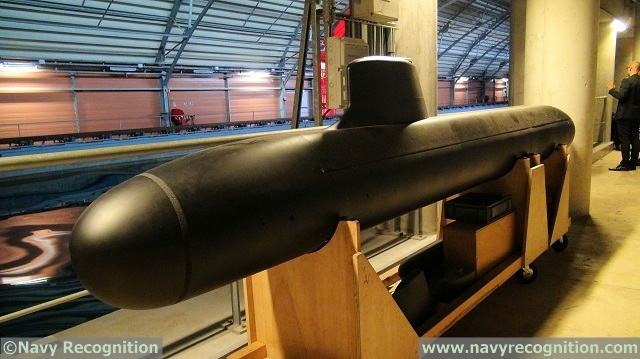|
|
|||
| a | |||
|
Focus - Naval Technology
|
|||
|
|
|||
|
Video: FTI Frigate Hydrodynamic Test by DGA Techniques Hydrodynamiques
|
|||
|
A scale model of the FTI (frégate de taille intermédiaire or mid-size frigate) is currently being tested at the French defense procurement agency DGA "Techniques Hydrodynamiques" site, an hydrodynamic test facility in Normandy.
|
|||
|
|
|||
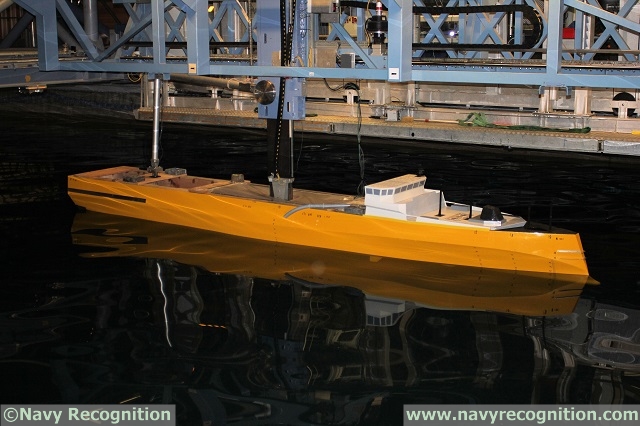 FTI scale model being used for hydrodynamic tests at DGA "Techniques Hydrodynamiques", home of the longest traction tank in Europe. FTI scale model being used for hydrodynamic tests at DGA "Techniques Hydrodynamiques", home of the longest traction tank in Europe. |
|||
|
|
|||
|
The DGA facility provides its expertise in hydrodynamic and hydro acoustic fields for accurate testing of surface and submarine vessel scale models. The facility comprises:
- One of the most advanced hydrodynamic tunnel which can be pressurized. It is used to measure very low levels of radiated sounds. - It is also the site of the longest traction tank in Europe. The tank is 545 meters long, 15 meters wide with a depth of 7 meters. The bassin is equipped with a towing carriage that runs on two rails on either side. Variables such as speed, sea state, propeller thrust and torque, rudder angle etc... can be accurately controlled. The sea keeping of the hull form can then be precisely tested. - The facility is also home of an advanced calculator center for digital simulations. In this site similar to the US Navy Naval Surface Warfare Center Carderock, DGA Engineers are conducting controlled tests in a large water tank with a computerized wave generator that can simulate ocean motion. |
|
|
|||
|
Video: Hydrodynamic test of an FTI scale model and overview of the DGA Technique Hydrodynamiques site
|
|||
|
|
|||
|
During the visit which Navy Recognition was covering, we could witness an hydrodynamic test of an FTI Frigate scale model, the next generation of surface combatant currently being developed by Naval Group (formerly DCNS) and the DGA for the French Navy.
The first of the five frigates should be delivered in 2023. The FTI will have a displacement of about 4200 tonnes with a crew of 125 sailors. It will be capable of anti-submarine warfare, anti-air warfare, anti-surface warfare as well as the support of special forces missions. |
|||
|
|
|||
 View of the "B600" traction tank at the DGA facility in Normandy. It is the longest traction tank in Europe. View of the "B600" traction tank at the DGA facility in Normandy. It is the longest traction tank in Europe. |
|||
|
|
|||
|
During the demonstration, a DGA engineer told us that two hull designs are still being considered and tested: one with an inverted bow as you can see in the footage and the other one with a traditional bow. Inverted bows maximize the length of waterline and therefore the hull speed, they also usually have better hydrodynamic drag than ordinary bows. On the other hand, they have very little reserve buoyancy and tend to dive under waves instead of piercing or going over them.
The Scale model is fitted with sensors to measure the forces that affect the vessel in adverse weather and help determine ship stability in waves of various sizes and periods. Other scale models on display during our visit included |
|||
|
|
|||
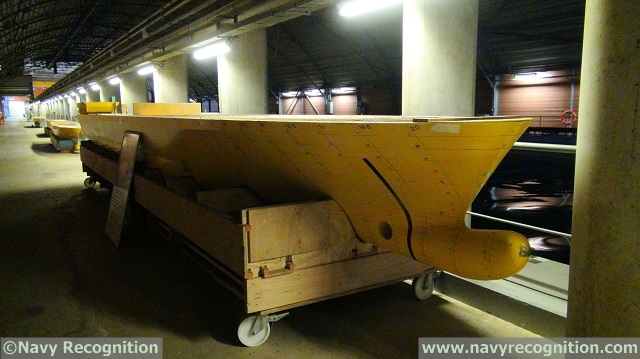 Mistral class LHD Mistral class LHD |
|||
|
|
|||
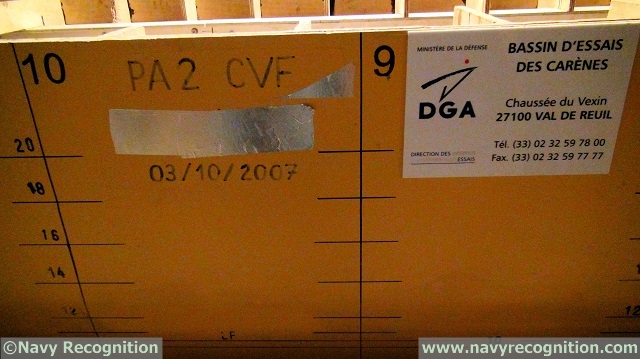 Second aircraft carrier project PA2 Second aircraft carrier project PA2 |
|||
|
|
|||
|
|
|||
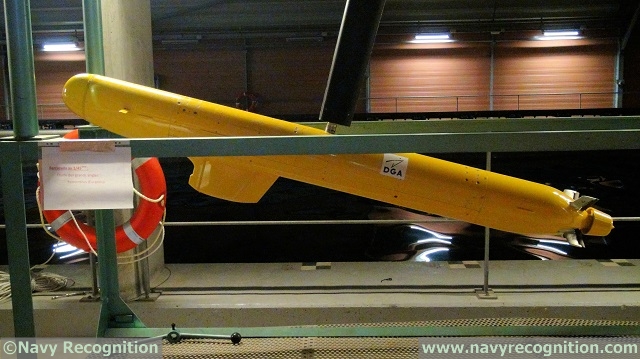 This particular model of Barracuda is used to test the submarine during diving and surfacing phases as well as emergency blow This particular model of Barracuda is used to test the submarine during diving and surfacing phases as well as emergency blow |
|||
|
|
|||
 Barracuda SSN "free model" (powered by an electrical motor supplied with batteries) Barracuda SSN "free model" (powered by an electrical motor supplied with batteries) |
|||
|
|
|||
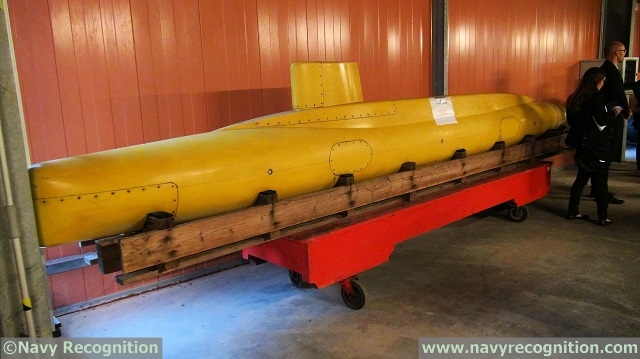 Le Redoutable class of SSBN, the first generation of French ballistic missile submarine Le Redoutable class of SSBN, the first generation of French ballistic missile submarine |
|||
|
|
|||
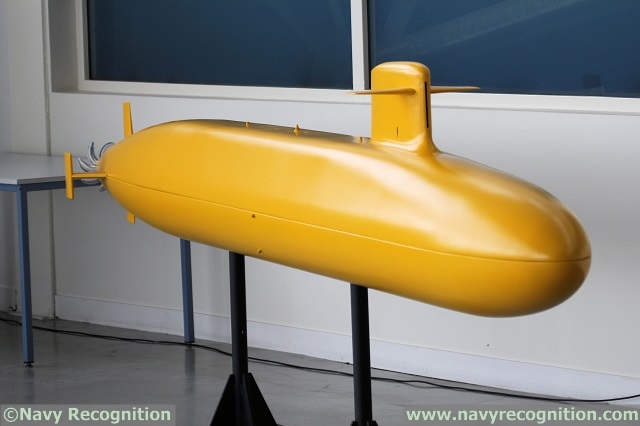 Le Triomphant class, the second generation of French SSBN Le Triomphant class, the second generation of French SSBN |
|||
|
|
|||
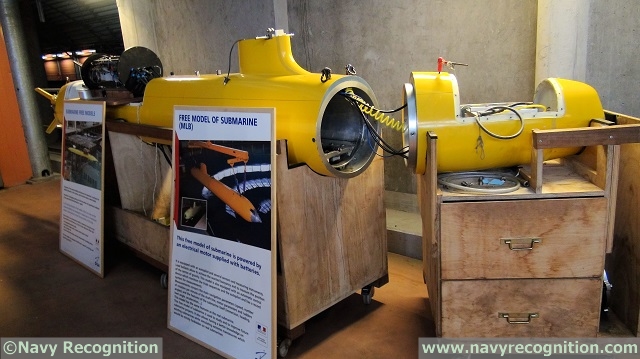 Free model of a Royal Navy Astute class SSN Free model of a Royal Navy Astute class SSN |
|||
|
|
|||
|
Since the Lancaster House Treaties of 2010 the UK and France are cooperating in Submarine technologies and systems among other areas.
During her visit, the French Minister of Armed Forces said that France will continue to assist the United Kingdom for the hydrodynamic tests of the Successor SSBN program. The cooperation is mutually beneficial because France's future SSBN will be tested at a manuvering tank in the UK. |
|||





